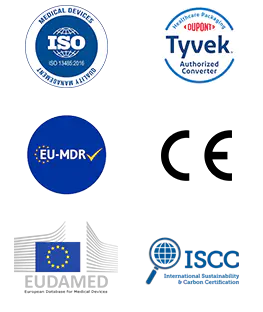In the medical and laboratory sectors, maintaining a sterile environment is not only a routine practice but also a crucial responsibility. The need for safe packaging that supports sterilization procedures has given rise to continuous innovation in sterilization packaging materials. Hopeway AMD has recently introduced its Sterilization Self-Sealing Pouch, which has attracted attention across healthcare, dental, and laboratory settings for its practicality and thoughtful design.
Content
- 1 What is a Self-Sealing Sterilization Pouch?
- 2 The Role of Sterilization Packaging in Modern Practices
- 3 How to Use a Self-Seal Sterilization Pouch
- 4 How Does a Sterilization Pouch Work?
- 5 Industry Relevance and Market Perspective
- 6 Trends in Sterilization Packaging
- 7 Advantages of Self-Sealing Design in Daily Operations
What is a Self-Sealing Sterilization Pouch?
A self-sealing sterilization pouch is a type of medical-grade packaging designed to hold instruments or materials that need to undergo sterilization. These pouches are typically made from a combination of medical paper and transparent film, creating a durable barrier against contamination. The key feature lies in the built-in adhesive strip that allows the user to close the pouch securely without additional sealing equipment.
This design provides an efficient solution for healthcare professionals who require a consistent method of maintaining sterility after the sterilization process. By integrating a self-sealing mechanism, the pouch eliminates the need for heat sealing machines, making it suitable for a wide range of facilities — from large hospitals to smaller clinics or laboratories.
| Key Features | Description |
| Material Composition | Medical-grade paper and transparent film |
| Sealing Method | Integrated adhesive closure |
| Sterilization Compatibility | Compatible with steam and ethylene oxide methods |
| Visibility | Transparent side for content identification |
| Application | Hospitals, dental offices, laboratories, and beauty care facilities |
The Role of Sterilization Packaging in Modern Practices
Sterilization packaging serves a dual purpose: it protects instruments during sterilization and maintains their sterility until they are used. The importance of such packaging extends beyond convenience; it contributes to infection control standards and supports regulatory compliance in the medical field.
Hopeway AMD's pouch reflects this purpose by focusing on stability, clarity, and usability. The materials selected are designed to withstand sterilization cycles while preserving the integrity of both the pouch and its contents. Proper packaging ensures that instruments remain sterile from the moment they leave the sterilizer to the time they are opened for use.
How to Use a Self-Seal Sterilization Pouch
Using a self-sealing sterilization pouch follows a simple yet precise process. Each step plays an important role in ensuring that sterilization is effective and that the integrity of the pouch remains intact.
- Select the appropriate pouch size: Choose a pouch that comfortably fits the instruments without overcrowding. Adequate spacing allows steam or gas to circulate freely inside the package.
- Insert the instruments: Place cleaned and dried instruments into the pouch. Moisture should be avoided before sealing as it can interfere with the sterilization cycle.
- Seal the pouch: Remove the protective strip covering the adhesive and fold along the indicated line to create a uniform seal. Ensure there are no wrinkles or gaps.
- Label the pouch: Include important information such as the date, sterilization batch number, and the initials of the operator if required by internal policies.
- Load into the sterilizer: Arrange the pouches in a way that allows steam or gas to reach all surfaces. Avoid stacking them tightly.
- After sterilization: Once the cycle is complete, allow the pouches to cool before handling. Check the chemical indicators on the pouch surface to verify that the sterilization process has taken place.
- Storage: Keep sterilized pouches in a clean, dry environment away from direct sunlight or moisture until needed.
By following these steps, facilities can maintain a consistent standard of sterilization integrity and reduce the potential for contamination.
How Does a Sterilization Pouch Work?
The mechanism of a sterilization pouch revolves around creating a physical and microbial barrier while allowing sterilizing agents such as steam or ethylene oxide to penetrate during the process. Here is how it functions:
- Permeability and protection: The medical-grade paper allows sterilizing agents to enter and exit the pouch, effectively sterilizing the instruments inside. Once the process is completed, the paper acts as a microbial barrier.
- Indicator verification: Many pouches include external and internal chemical indicators that change color during sterilization, helping staff confirm that the pouch has been processed correctly.
- Adhesive sealing: The self-sealing feature ensures that once closed, the pouch remains securely shut until it is intentionally opened. This minimizes the risk of accidental exposure.
- Visibility: The transparent film side allows visual confirmation of the contents without the need to open the package, which supports workflow efficiency and traceability.
Through these combined elements, the pouch serves as both a sterilization medium and a long-term protective container.
Industry Relevance and Market Perspective
The demand for sterilization packaging has expanded globally due to growing awareness of hygiene and infection control. Hospitals and research facilities are increasingly standardizing their sterilization practices, which includes the adoption of disposable, self-sealing pouches.
Hopeway AMD's recent focus on this segment highlights the broader movement toward packaging solutions that balance safety, ease of use, and environmental awareness. By optimizing material combinations and simplifying handling procedures, manufacturers aim to support healthcare operations with practical tools that align with regulatory expectations.
Trends in Sterilization Packaging
Recent developments in the sterilization packaging market point to several emerging trends:
- Sustainability: There is an increasing emphasis on materials that can be recycled or disposed of responsibly.
- Traceability: QR codes and labeling systems are being integrated to improve tracking and documentation of sterilized instruments.
- Standardization: Uniform guidelines across regions are helping streamline packaging practices, reducing variations in quality and performance.
- User experience: Manufacturers are designing pouches that are easier to seal, open, and store while maintaining sterility.
These trends reflect the healthcare sector's growing commitment to operational safety and workflow efficiency.
Advantages of Self-Sealing Design in Daily Operations
Compared with traditional heat-sealed pouches, self-sealing pouches provide a straightforward approach. They are particularly suitable for facilities that may not have access to sealing machines or where fast turnaround is required.
The elimination of heat sealing also reduces the margin for sealing errors, such as incomplete seals or uneven edges. The visual simplicity of a fold-and-stick design supports consistent results, which can be beneficial in busy clinical settings.
The Role of Hopeway AMD in Sterilization Innovation
Hopeway AMD's sterilization product portfolio reflects a focus on functionality and adaptability. The introduction of its self-sealing pouch aligns with the broader goal of contributing to practical infection control measures in healthcare and laboratory environments.
Each pouch is manufactured under controlled conditions, with attention to packaging cleanliness and durability. The company continues to explore packaging formats that respond to the diverse needs of medical professionals while complying with international safety standards.
Quality Assurance and Compliance
Every sterilization pouch must meet defined quality requirements before being distributed. Testing typically includes checking seal strength, material integrity, and compatibility with sterilization methods. Compliance with ISO standards for medical packaging ensures reliability across different sterilization processes.
The manufacturing approach includes monitoring production consistency and validating packaging performance under actual sterilization conditions. This ensures that each batch maintains its protective properties throughout its intended use.
Looking Ahead
As infection prevention remains a global priority, the role of sterilization packaging will continue to evolve. Manufacturers in this field are expected to focus on improving efficiency, introducing sustainable materials, and supporting digital traceability systems.
With continued advancements in healthcare technology, the sterilization pouch is likely to remain a vital element in protecting both patients and professionals. The combination of practicality, safety, and environmental consideration will shape the future of sterilization packaging across various sectors.
The self-sealing sterilization pouch represents an important development within the sterilization packaging field. Its design supports secure handling, consistent performance, and compliance with sterilization protocols. Understanding what a self-sealing sterilization pouch is, how it works, and how to use it correctly can enhance operational reliability in healthcare and laboratory environments.
By integrating convenience with protective performance, this solution reinforces a simple yet essential message: sterilization packaging remains a cornerstone of safe medical practice.

 English
English Français
Français Deutsch
Deutsch Nederlands
Nederlands

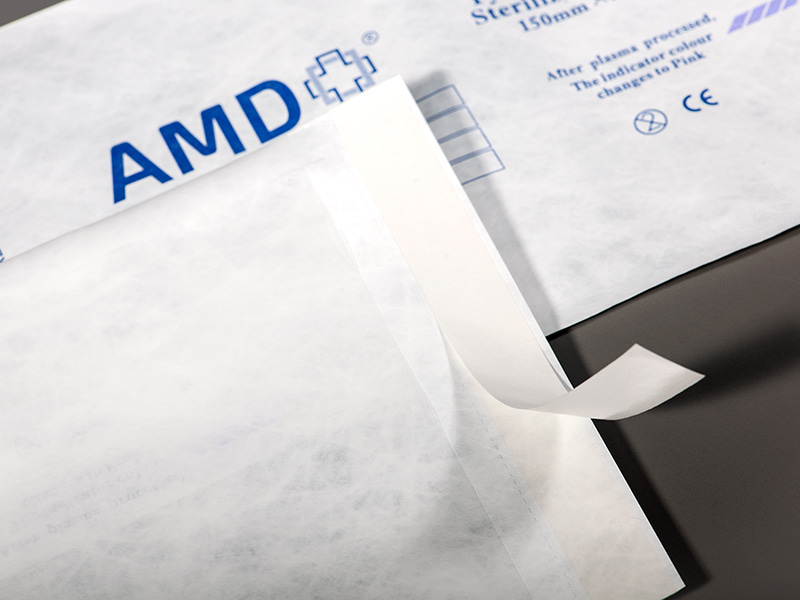
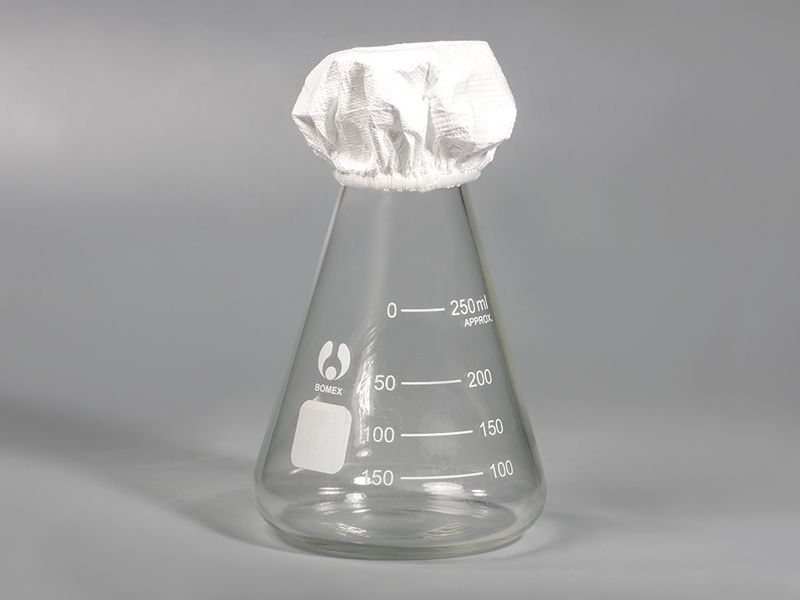



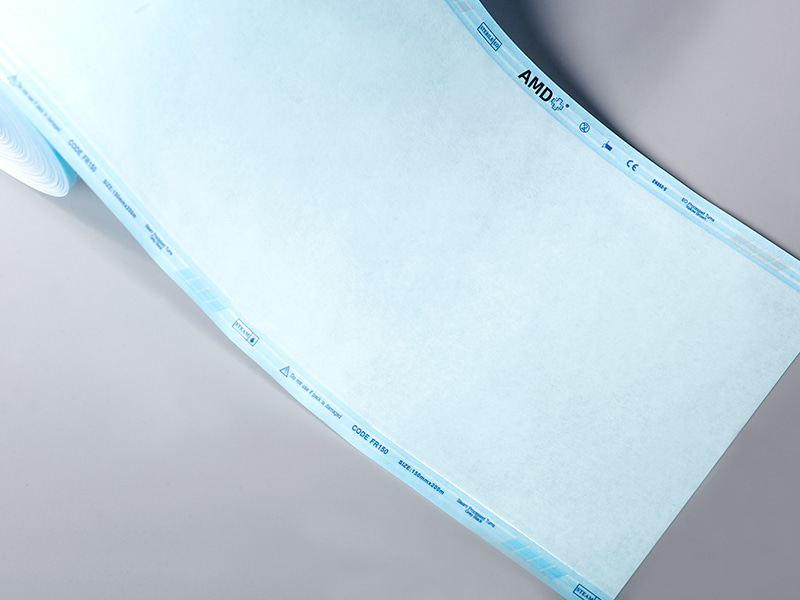
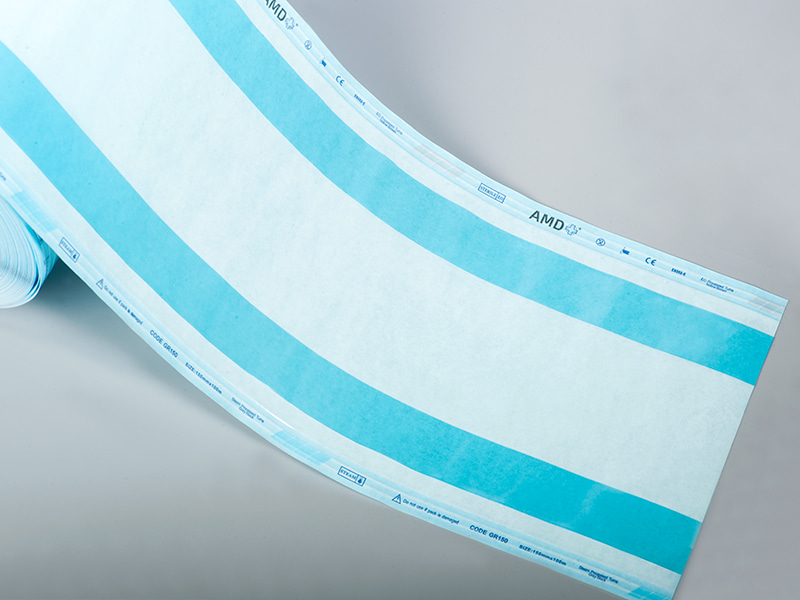





 ‘s-Gravenweg 542, 3065SG RotterdamThe Netherlands
‘s-Gravenweg 542, 3065SG RotterdamThe Netherlands
 +31 (0)10 254 28 08
+31 (0)10 254 28 08
